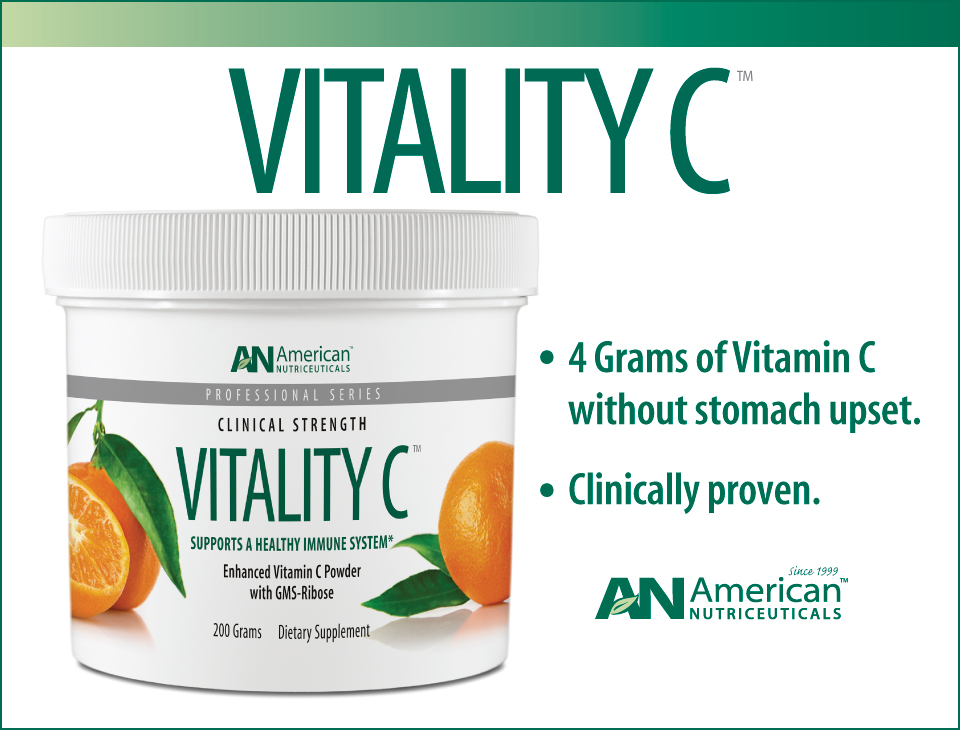I was pleased to read Jacob Schor acknowledge that there are benefits of antioxidants (August 26, 2023). I was disappointed that he did not elaborate on those benefits and disappointed by the incomplete and, at points, misleading arguments presented. Readers may be interested to know that Dr. Harman and his wife, coincidentally, both led productive lives into their 90s (Denham passed at the age of 98 after a short illness). Many antioxidant supplement enthusiasts in the tradition of Dr. Pauling and Dr. Harman coincidentally led productive lives past the age of 80. The difference between increasing the wellness span within one’s lifespan vs. simply increasing one’s lifespan is also not mentioned. Arguably, increasing one’s wellness span is where wisely chosen supplemental antioxidants have the biggest benefit. Of course, assaults, motor vehicle accidents, and a multitude of other threats to human survival are not impacted by the victim’s antioxidant status, fruit and vegetable intake, or gut microbiome.
Jacob Schor mentions selenium yeast, then curiously discusses the SELECT trial as if it involved selenium yeast. SELECT used selenomethionine. Cancer trials using selenocysteine or selenite show benefit in humans; those that use selenomethionine have not. (NPC used enriched selenium yeast, which contains selenocysteine.) The choice of alpha tocopheryl acetate supplement for SELECT was also poor, likely harmful. It is fair to call into question the competency (or motives) of those designing and approving an interventional study supposedly following up on the encouraging NPC trial results, yet using different interventions.
The article makes a nice case that clinical trials often do not match epidemiology and good nutritional research. One might argue that clinical trials are frequently poorly designed and executed, often using the wrong type of nutrients in too low of a dose for too short of a time period. Additionally, measuring nutrient levels in tissue before, during, and post interventional trial completion is rarely performed. Post market reviews of pharmaceutical performance also point to poor correlation between clinical trial results and real-world results. The assumption that clinical trials are always accurate is arbitrary.
Nowhere in the article does it accurately state the free radical theory of aging. Dr. Harman did not suggest supplemental antioxidants would STOP aging or even prevent gray hairs. “The free radical theory of aging postulates that aging changes are caused by free radical reactions. The data supporting this theory indicate that average life expectancy at birth may be increased by 5 or more years, by nutritious low caloric diets supplemented with one or more free radical reaction inhibitors.” https://pubmed.ncbi.nlm.nih.gov/1383768/
Bruce Ames’ longevity protein theory is also noteworthy. Free radicals do not explain the totality of human aging, lifespan, or wellness. But they remain an important aspect of a healthy quality human existence.
Respectfully,
Michael Passwater
Jacob Shor Responds: Persian Carpets
My parents, both deceased, owned a collection of carpets in their home and with their passing, I became the owner of more traditional Persian carpets than I knew what to do with. We had their carpets shipped to Denver and had the “triplets” collect them and bring them to their shop for cleaning and repair. The triplets were just that, a full threesome of brothers, the sons of Denver’s rug family. Having grown up in the business, they knew these carpets. Any one of the three could entertain us with stories about the specific village where each rug had been woven, based on the patterns, colors, and the style of the individual rug’s designs. Listening to them talk and watching them care for the rugs through the cleaning process, we also began to treasure these rugs.
Yet when it came to estimating their value, they were hesitant to speak. Who among us likes to share bad news? Traditional carpets, which once were quite pricey, are no longer in demand by the public. There is no market for these used rugs, no matter how well preserved they are. Brightly colored rugs are just no longer appreciated. The new style in rugs is for faded appearing rugs, where the patterns were barely visible; rugs that looked like they had been splashed with dilute bleach. Our eyes should be drawn to artwork on the walls, not to carpets on the floor. Or at least that’s what I gathered from the triplets. Our best bet in their collective wisdom was to donate the rugs to a non-profit organization and take a tax deduction for doing so. They would be happy to write an estimate of value for the tax people that was based on their one-time high value.
We kept the rugs, of course, and now take great pleasure in them. No longer thinking of them as a financial investment that will appreciate over time, we don’t worry if the dog sleeps on them or people track dirt into the house.
This story comes to mind after reading a letter from Michael Passwater that he sent to the Townsend Letter in response to an article I’d written about antioxidants. In my view, and in my review of the literature, the one-time theory that high dose antioxidants will slow the aging process is no longer holding its value. I suggested that it is time for us to realize this and let go of this idea. Dr. Passwater unquestionably does not feel this way. He cites several examples of antioxidant researchers who lived long lives, and our assumption should be that they had practiced what they preached and consumed regular doses of antioxidants, thus proving their theories. He also cites some of the examples of large clinical trials that I mentioned, which failed to support antioxidant benefits but blames their failure on the use of the wrong chemical forms of these antioxidants.
The idea that aging is a direct result of oxidation, and that antioxidant vitamins and minerals will counter this effect is a theory of simple elegance. There is little reason not to appreciate it and want to preserve it. While the evidence seems to have turned against it, traditional values and beliefs are not easy to let go of. I can appreciate that.
I’ve certainly been wrong about many things over the years, and this wouldn’t be the first time, yet reading over that counter arguments in Dr. Passwater’s letter, none of them come across as so compelling that I wish to make the effort to counter them with citations or arguing details.
Perhaps someday, traditional Persian carpets will once again be valued. Perhaps someday taking antioxidants will be strongly linked to improved health. Time will tell.
Published September 9, 2023
About the Authors
Michael E. Passwater, son of author and columnist Dr. Richard Passwater, is certified by the American Society for Clinical Pathology as a medical technologist, a specialist in immunohematology, and is a diplomate in laboratory management. He has worked in clinical laboratories for 28 years and has written for the Orthomolecular Medicine News Service.
Jacob Schor, ND, now retired, had a general practice with a focus on naturopathic oncology in Denver, Colorado. He served as Abstract & Commentary Editor for the Natural Medicine Journal for several years (https://www.naturalmedicinejournal.com/) and posts blog articles on natural therapies, nutrition, and cancer (https://drjacobschor.wordpress.com/). He is a board member of CoAND and past president of OncANP, and someone who is happier outdoors than inside.


